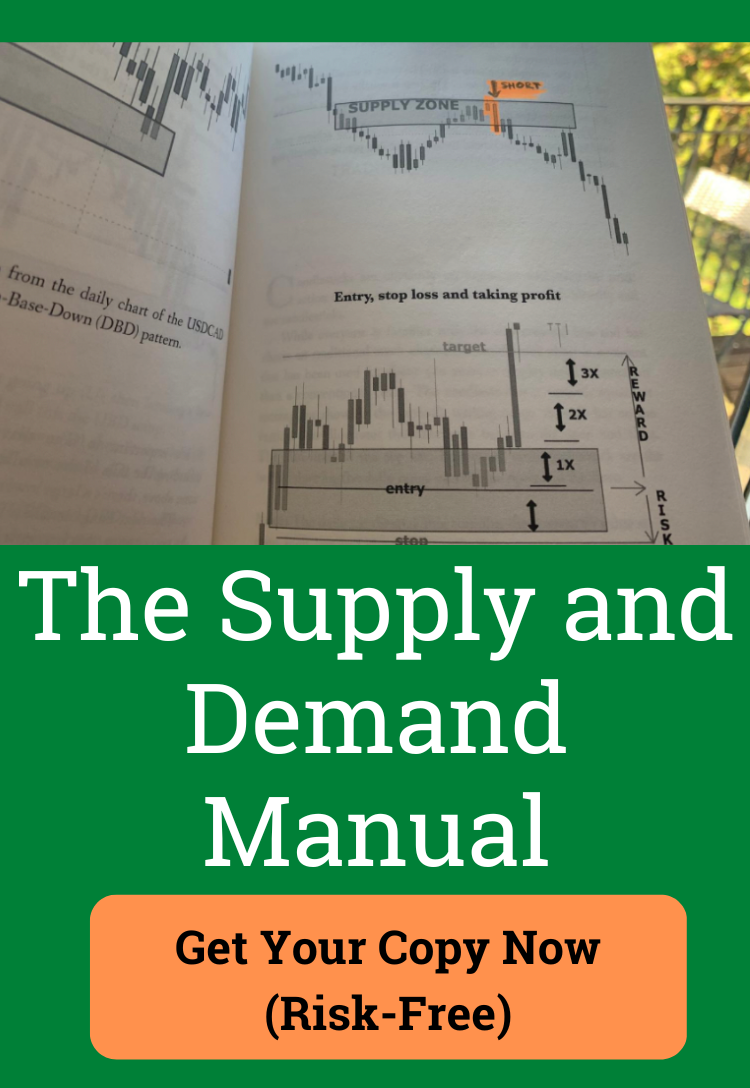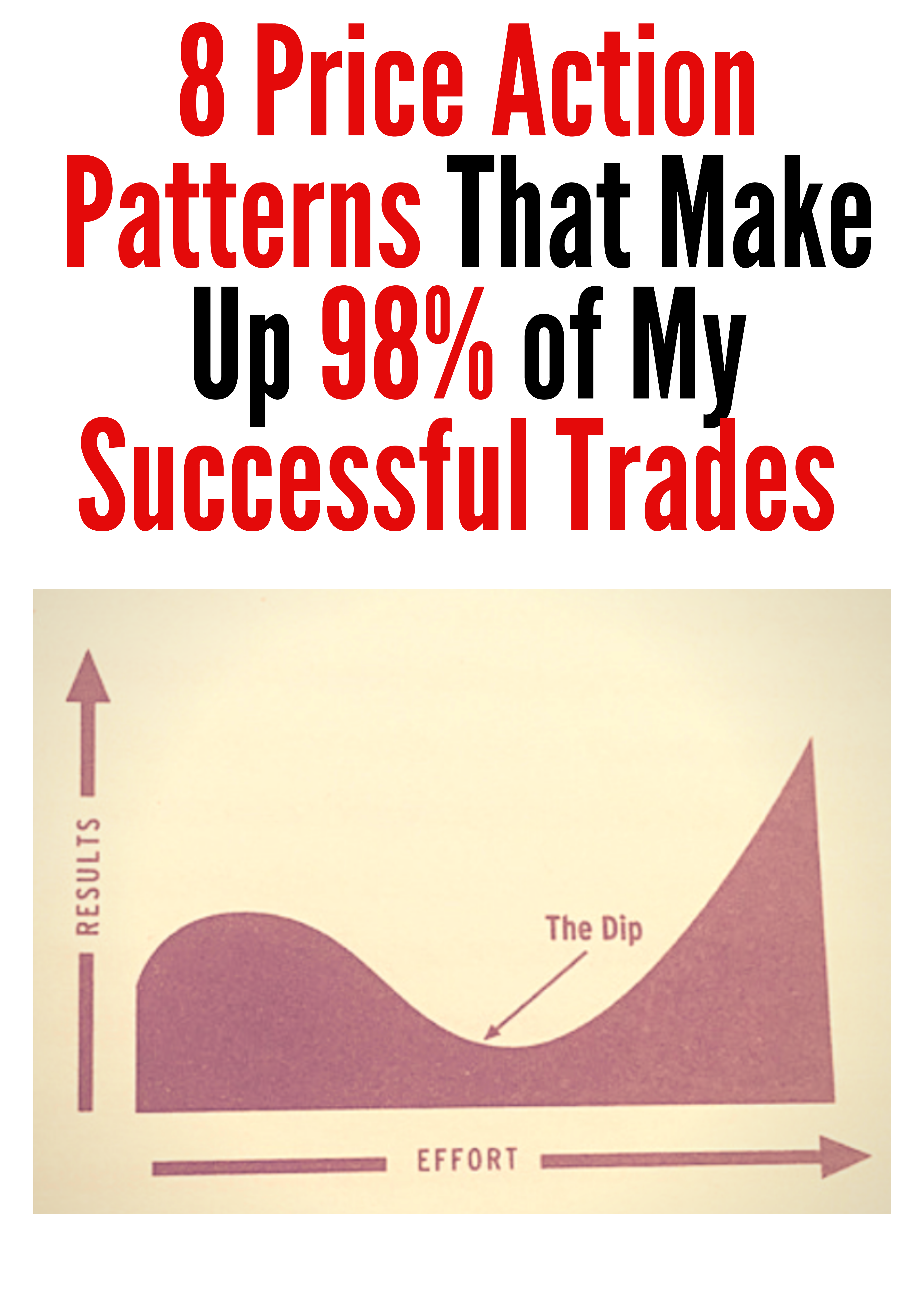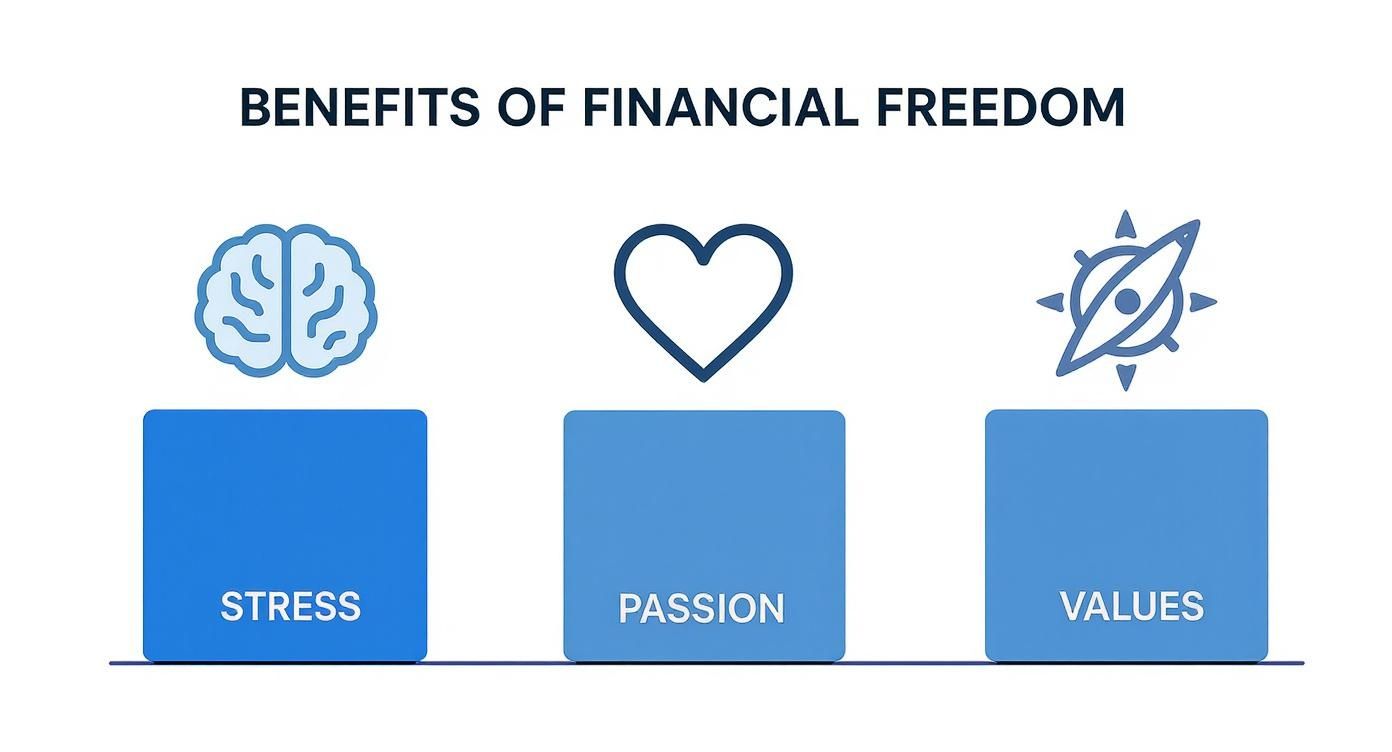What Is Financial Independence a Guide to Real Freedom
Financial independence isn't about having a specific amount of money in the bank. It's about reaching a point where your assets kick off enough income to cover your life, no job required. Think of it less as "retiring early" and more as gaining the freedom to choose how you spend your days.
Maybe you want to work on a passion project, travel the world, or just wake up without worrying about a paycheck. That's the real goal.
Understanding Financial Independence Beyond the Hype
When people hear "financial independence," their minds often jump straight to sipping cocktails on a beach somewhere. While that’s certainly on the table, the idea runs much deeper.
At its heart, FI is about making a fundamental shift: moving away from reliance on active income (your 9-to-5) and toward passive income (what your investments earn for you).
Let's use an analogy. Picture your finances as an orchard. Relying on a job is like going to the market every single day to buy fruit. The work is constant. The goal of FI is to plant your own trees. Over time, that orchard grows and eventually produces more than enough fruit to feed you year-round. You're no longer forced to trade your time for sustenance.
The Growing Movement
This isn't some niche concept anymore; it's a massive global movement. The entire industry built around helping people achieve this—think budgeting apps, investment platforms, and financial coaching—is already valued at around $9.37 billion.
And it's only getting bigger. Projections show it could swell to $14.56 billion by 2032, a clear sign of just how many people are chasing this goal. If you're curious about the numbers, you can dig into the financial forecasts on MarketResearch.com.
The journey to FI isn't a single, giant leap. It's a path marked by clear, deliberate stages. Each one represents a greater degree of financial strength and freedom. Knowing where you stand is the first real step to making smart progress.
Financial independence isn't an age; it's a number. It’s the point where your wealth works for you, giving you back your most valuable asset: time.
Once you understand these milestones, the abstract goal of "independence" starts to feel like a real, manageable project.
The Stages of Financial Independence
To figure out where you are and what's next, it helps to see the path laid out. Here’s a simple breakdown of the key stages most people move through on their way to full FI.
| Stage | Description | Key Metric |
|---|---|---|
| Stage 1: Financial Solvency | You can consistently pay your bills on time without incurring new debt. | Positive monthly cash flow. |
| Stage 2: Financial Stability | You have an emergency fund covering 3-6 months of living expenses. | Emergency fund is fully funded. |
| Stage 3: Debt Freedom | You have paid off all high-interest debt (e.g., credit cards, personal loans). | Non-mortgage debt is zero. |
| Stage 4: Coast FI | Your investments have grown enough that they will reach your full FI number by retirement age without further contributions. | Investment portfolio can grow on its own to meet future needs. |
| Stage 5: Financial Independence | Your investment income fully covers your annual living expenses. | Passive income ≥ living expenses. |
Seeing it this way makes the whole process less intimidating. You just focus on hitting the next milestone, one step at a time.
The Real-World Benefits of Financial Freedom
Knowing the different stages of financial independence is one thing, but what does it actually feel like to get there? The real magic isn't just seeing numbers grow on a spreadsheet; it’s about the massive, everyday changes it brings to your life. The biggest benefit of all is choice—the power to build your days around your values, not just what your bills demand.
This shift cuts down stress in a huge way. Just imagine waking up and knowing your essential costs are covered by your investments, not your next paycheck. This mental breathing room is often the most surprising and powerful benefit for people who reach FI. It swaps out that constant financial pressure for a real sense of calm and security.
Redefining Work and Purpose
Financial freedom doesn't always mean you stop working entirely. For a lot of people, it's the start of doing work they genuinely love. It gives you the freedom to walk away from a high-stress job for a role that’s more fulfilling (even if it pays less), or to finally get that passion project off the ground you’ve been dreaming about for years.
Take the story of a software engineer who hit her FI number. She didn't retire. Instead, she started a non-profit to teach coding skills to underprivileged kids. Because her investments covered her living expenses, she could pour all her time and energy into a mission she cared about, without worrying if the project was profitable from day one.
Financial freedom is the ultimate tool for impact. It transforms your career from a necessity for survival into a platform for pursuing your true passions and contributing to the world on your own terms.
This really drives home a key point: FI is a means to an end. The goal isn't just to clock out for good; it's to have the autonomy to build a life packed with purpose.
Living a Life Aligned with Your Values
When it comes down to it, achieving financial independence lets you live a more authentic life. You get to make all your decisions—both big and small—based on what truly matters to you.
- Time with Family: You have the flexibility to be there for loved ones without having to ask for permission.
- Health and Wellness: You can actually prioritize your physical and mental health, with more time for exercise, rest, and cooking good food.
- Community Involvement: You gain the mental space and time to volunteer or get involved with causes you believe in.
This journey unlocks a future where you are the true architect of your own life. If this sounds like the path for you, exploring different takes on early retirement and financial independence can offer even deeper insights into what this freedom could look like for you.
Building Your Financial Independence Engine
Getting to financial independence is all about building a powerful wealth engine. The good news? It doesn't have to be complicated. It really only runs on two core components: a high savings rate and a growing stream of passive income. If you can get a handle on these two pillars, you’ve nailed the strategic heart of the entire journey.
Think of your income as the fuel for this engine. The more fuel you can pour into savings and investments—instead of just burning it on day-to-day expenses—the faster that engine will get you to your goal. Honestly, this simple concept is way more powerful than chasing some risky, high-return investment you heard about.
The Power of Your Savings Rate
Your savings rate is the percentage of your income you actually save and invest. It's the single most important lever you have to pull if you want to speed up your path to FI. Period.
It directly controls how quickly you build up the assets you need to eventually live off your investments. A higher savings rate does two things at once: it builds your nest egg faster and it trains you to live on less, which means the finish line (your FI number) gets closer, too.
For instance, someone saving just 10% of their income might need over 50 years to reach financial independence. Bump that up to 30%, and the timeline can shrink to around 28 years. That's proof that small, consistent changes in your saving habits make a massive difference over time.
This infographic breaks down the core benefits that keep people motivated on this path.
As you can see, it's about more than just a big bank account. The real drivers are often about lifestyle and well-being, like cutting down on stress and making sure your daily life actually lines up with what you value.
How Your Savings Rate Impacts Your Time to FI
To really see this in action, look at how dramatically your timeline shrinks as you increase the percentage of income you save.
| Savings Rate (%) | Years to Financial Independence |
|---|---|
| 10% | 51 Years |
| 20% | 37 Years |
| 30% | 28 Years |
| 40% | 22 Years |
| 50% | 17 Years |
| 60% | 12.5 Years |
| 70% | 8.5 Years |
Assumes a 5% real return on investments after inflation.
The relationship is undeniable. Doubling your savings rate from 20% to 40% doesn't just cut the time in half; it cuts it by more, because your target amount also decreases.
Growing Your Passive Income Streams
While a high savings rate is what gets you started and builds your capital, passive income is what finally sets you free. This is the money you earn from the assets you own, not from the time you trade. It's like planting an orchard—after years of work, the trees finally bear fruit, providing for you without you having to tend to them every single day.
Passive income is the gear that shifts your financial engine from accumulation to true independence. It’s the moment your money starts working for you, instead of you constantly working for your money.
Some classic sources of passive income include:
- Dividend Stocks: Companies literally send you a piece of their profits just for being a shareholder.
- Rental Properties: Your tenants pay you rent every month, creating a steady, predictable cash flow.
- Index Funds: As these investments grow, you can sell off small portions to cover your living expenses.
Building a strong FI engine means investing strategically. For example, many people focus on mastering cash flow real estate investing to generate that consistent income. And if you're just starting out, there are plenty of accessible ways to get the ball rolling. For more ideas, you can check out our guide on passive income ideas for beginners.
When you put them together, a high savings rate and growing passive income create a powerful feedback loop. The more you save, the more you can invest. The more you invest, the more passive income you generate. You can then reinvest that income to speed up the journey even more. This is the engine that drives you to your goal.
Your Step-by-Step Plan to Achieve Financial Independence
Knowing the theory behind financial independence is one thing, but making real progress requires a plan of attack. This framework is all about turning the big, abstract idea of FI into a tangible project you can kick off today.
Let's break down the essential steps to build your roadmap. Each one is designed to be totally manageable and to build on the last. This isn't about some sudden, brutal overhaul of your life overnight. It’s about creating a consistent, repeatable process that methodically builds your wealth.
Calculate Your FI Number
First things first, you need a target. Your FI Number is the total nest egg you need so that your investments can pay for your lifestyle. The simplest way to get a ballpark figure is to use the 4% rule.
- Track Your Annual Expenses: Get a handle on how much you actually spend in a typical year.
- Multiply by 25: Take that annual spending number and multiply it by 25. That’s your target.
So, if you spend $50,000 a year, your FI number is $1.25 million ($50,000 x 25). Suddenly, that vague dream has a number attached to it. It’s a real, measurable objective you can start working toward.
Create a Value-Based Budget
The word "budget" makes most people cringe. They think of restriction and misery. But a budget for FI is different—it’s about alignment. It’s simply a tool to make sure your money is going toward things you genuinely value.
Instead of obsessively cutting out every small joy, the goal is to slash the big expenses that don't bring you any lasting happiness.
A budget for financial independence isn’t about deprivation. It's about conscious spending—directing your resources toward the life you want to build, not just the one you happen to be living.
This whole approach makes it infinitely easier to stick with your plan for the long haul. You aren't just saving money; you're actively buying your future freedom.
Develop Your Investment Strategy
With a target in mind and a budget to free up cash, the next move is to put that money to work. Your investment strategy has to match your personal risk tolerance and your timeline. For many people on the path to FI, the go-to choice is low-cost, diversified index funds. They're simple, and their track record speaks for itself.
Your strategy needs to answer a few key questions:
- What's my risk tolerance? How much sleep will you lose when the market inevitably dips?
- What's my timeline? Are you shooting for FI in 10 years or 30?
- How will I diversify? Spreading your money across different assets is crucial for managing risk.
Getting this part right is critical. It's how you build a resilient portfolio that can ride out the market's storms while your wealth keeps growing.
Automate Your Finances
Finally, the secret weapon: put the entire system on autopilot. Automation is how you build wealth consistently without ever having to rely on flimsy willpower.
Set up automatic transfers from your checking account to your investment accounts, scheduled for every single payday. This "pay yourself first" move ensures your savings goals are hit before you even have a chance to think about spending that money elsewhere.
It transforms wealth-building from an active chore into a background habit. This is especially crucial for anyone figuring out how to make money from home and dealing with income that isn't always predictable.
Navigating Your Journey in a Changing Economy
The road to financial independence is almost never a straight line. It's full of twists and turns. Economic curveballs like soaring inflation or wild market swings can feel like you're running into a stiff headwind, slowing you down just when you feel like you're getting ahead.
To make it, your plan needs to be less like a train on a fixed track and more like a sailboat. You have to be ready to adjust your sails and change course when the winds shift. This isn't about hoping for clear skies; it's about building a strategy that's resilient from day one, one that's designed to handle the inevitable storms.
Building a Weatherproof Financial Plan
Your first line of defense is a solid emergency fund. I'm not just talking about a little pocket money. Having 3-6 months of living expenses stashed in a high-yield savings account is your non-negotiable financial shock absorber. This is what keeps you from having to panic-sell your investments during a market downturn just to cover a surprise bill. It protects your wealth-building engine when it's most vulnerable.
Next up is smart diversification. Pouring all your cash into a single investment is like betting your entire trip on one bridge holding up. A well-diversified portfolio spreads your risk across different kinds of assets, such as:
- Stocks: The engine for long-term growth.
- Bonds: Your source of stability when the stock market gets choppy.
- Real Estate: A classic hedge against inflation and a great source of cash flow.
When one area takes a hit, the others can help keep your plan afloat. It's that simple.
True financial resilience isn't about trying to avoid risk completely—that's impossible. It's about understanding it, managing it, and preparing for it. When you do that, economic uncertainty becomes just another variable to manage, not a catastrophe waiting to happen.
Adapting to Economic Realities
In an economy like ours, you can't just set it and forget it. You have to stay informed. Projections from the International Monetary Fund, for instance, point to a slowdown in global GDP growth. Combine that with lingering inflation risks, and the puzzle of reaching FI gets a bit more complex. This is why your plan needs to be grounded in reality, not just wishful thinking. You can dig into the specifics in the latest World Economic Outlook from the IMF.
Finally, think about building flexibility into your spending rules for retirement. Instead of a rigid plan to withdraw the same amount every year, a more dynamic approach lets you adjust based on how the market is doing. In good years, you might spend a little more. In down years, you tighten the belt. This simple tweak dramatically boosts the odds that your nest egg will last as long as you do, which is the ultimate goal.
Common Myths and Mistakes on the Path to FI
The road to understanding what is financial independence is often littered with bad advice and misconceptions that can throw you off course. Let’s get a few of the big ones out of the way so you can build a plan that actually works in the real world.
One of the most damaging ideas out there is that you need a massive, six-figure salary to even think about FI. This is just plain wrong. Your savings rate—the simple percentage of your income you stash away—has far more impact than the raw number on your paycheck. Someone making $60,000 and saving 40% is on a much faster track than a person earning $150,000 but only socking away 10%.
Another popular myth is that financial independence means living a miserable life of extreme deprivation. While you absolutely need to be intentional with your money, the goal isn't to become a hermit. It’s about figuring out what you truly value and ruthlessly cutting the rest. That frees up cash for what really matters: buying back your time.
Sidestepping Critical Financial Pitfalls
Beyond the myths, a few common mistakes quietly sabotage even the best intentions. Knowing what they are is the first step to dodging them.
The most common trap is lifestyle inflation. This is what happens when your spending magically rises to meet every raise, bonus, or windfall you get. It’s the single biggest reason so many high-earners feel stuck on a financial treadmill, never getting ahead. The trick is to earmark the majority of any new income and send it straight to your investments before you even get used to having it.
A few other huge mistakes can trip you up:
- Underestimating Future Costs: Healthcare is the big one here. A lot of online FI calculators just don't do a good job of factoring in how much medical costs can balloon, potentially blowing a massive hole in your budget down the line.
- A Mismatched Investment Strategy: You can cripple your portfolio by being too conservative and missing out on decades of growth, or by being too aggressive and risking catastrophic losses. Your game plan has to match your personal timeline and how much risk you can stomach.
The whole point of financial independence isn't just about piling up money. It’s about building a durable system that can support the life you want, forever, protecting you from your own mistakes and whatever curveballs the economy throws your way.
By steering clear of these myths and sidestepping these classic blunders, you’ll find your path to FI becomes a whole lot smoother and more predictable.
Answering Your Key Questions About Financial Independence
As you start digging into the world of FI, a few practical questions almost always bubble up to the surface. Getting clear, straightforward answers is what turns this from an interesting idea into a real-world plan you can actually follow.
Let's tackle some of the most common ones that pop up on the journey to financial independence.
What Is the 4% Rule and How Reliable Is It?
You'll hear the 4% rule mentioned a lot. It's a popular guideline that says you can safely withdraw 4% of your initial investment portfolio each year in retirement without running out of money. So, if you have a $1 million portfolio, you could pull out $40,000 annually.
It's a fantastic starting point for planning, but it's not foolproof. The rule is based on historical market returns and might not hold up perfectly in every future economy. Because of this, a lot of people are now leaning toward a more conservative 3.5% withdrawal rate just to build in an extra layer of safety.
How Do I Calculate the Exact Amount of Money I Need?
This is the big one: what’s your target? While you can find detailed calculators and guides for figuring out How Much Money Do You Really Need to Retire?, there’s a simple way to get a solid estimate.
Just take your expected annual expenses and multiply them by 25. This little trick is basically the 4% rule in reverse, and it gives you a concrete "FI Number" to aim for.
Is It Realistic to Pursue Financial Independence on a Modest Income?
Absolutely. It’s a common misconception that you need a six-figure salary to make FI happen. While a high salary can definitely speed things up, your savings rate is a much more powerful engine than your income level.
Think about it: someone earning a modest salary but saving 40% of it will hit their FI number way faster than a high-earner who's only putting away 10%. It all comes down to being intentional with your money and maximizing the gap between what you earn and what you spend, no matter what those numbers are.
At Colibri Trader, we provide the tools and education to help you build an income stream through trading, giving you another powerful lever on your path to financial freedom. Learn how our price-action strategies can help you reach your goals faster at https://www.colibritrader.com.








